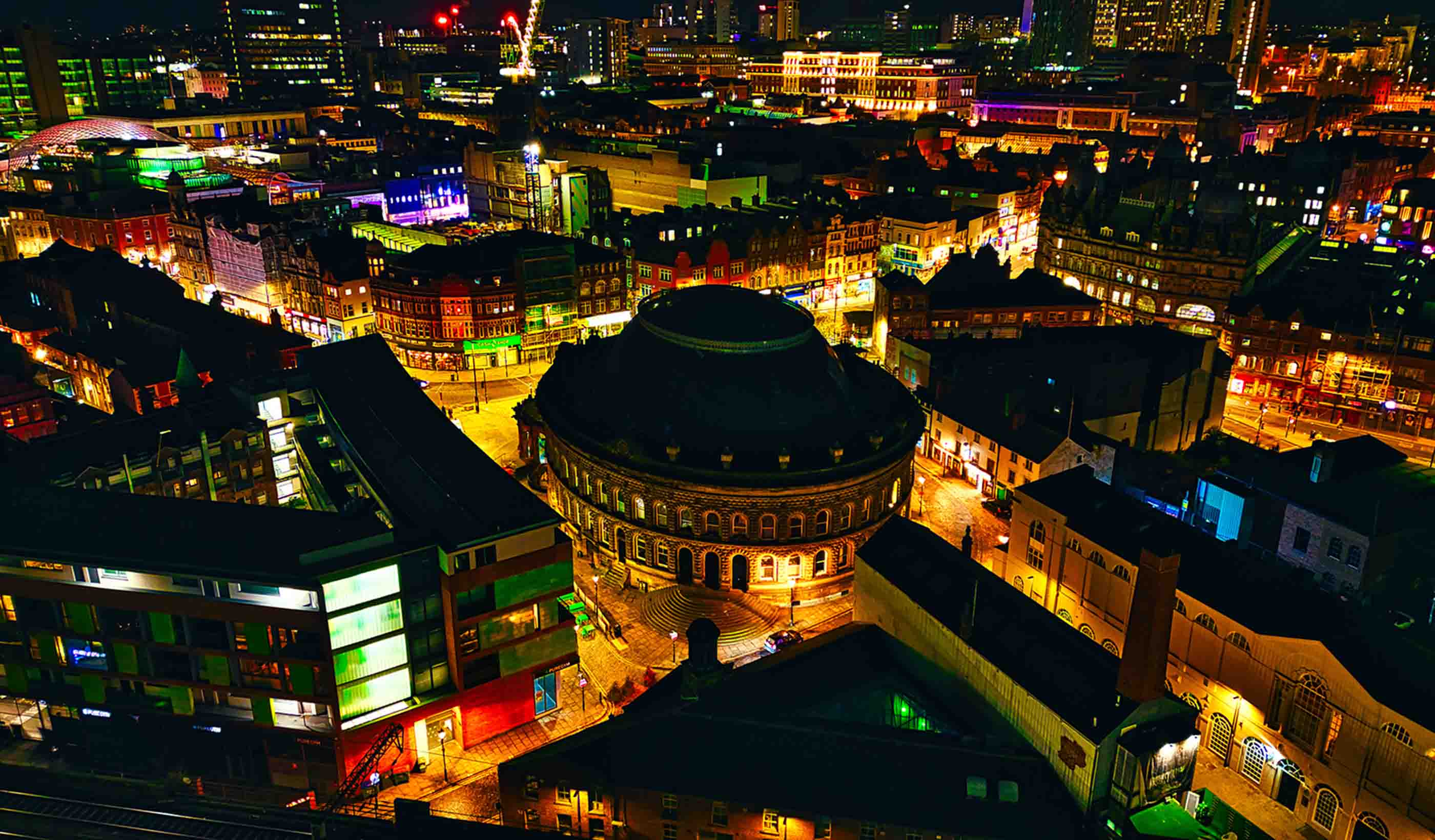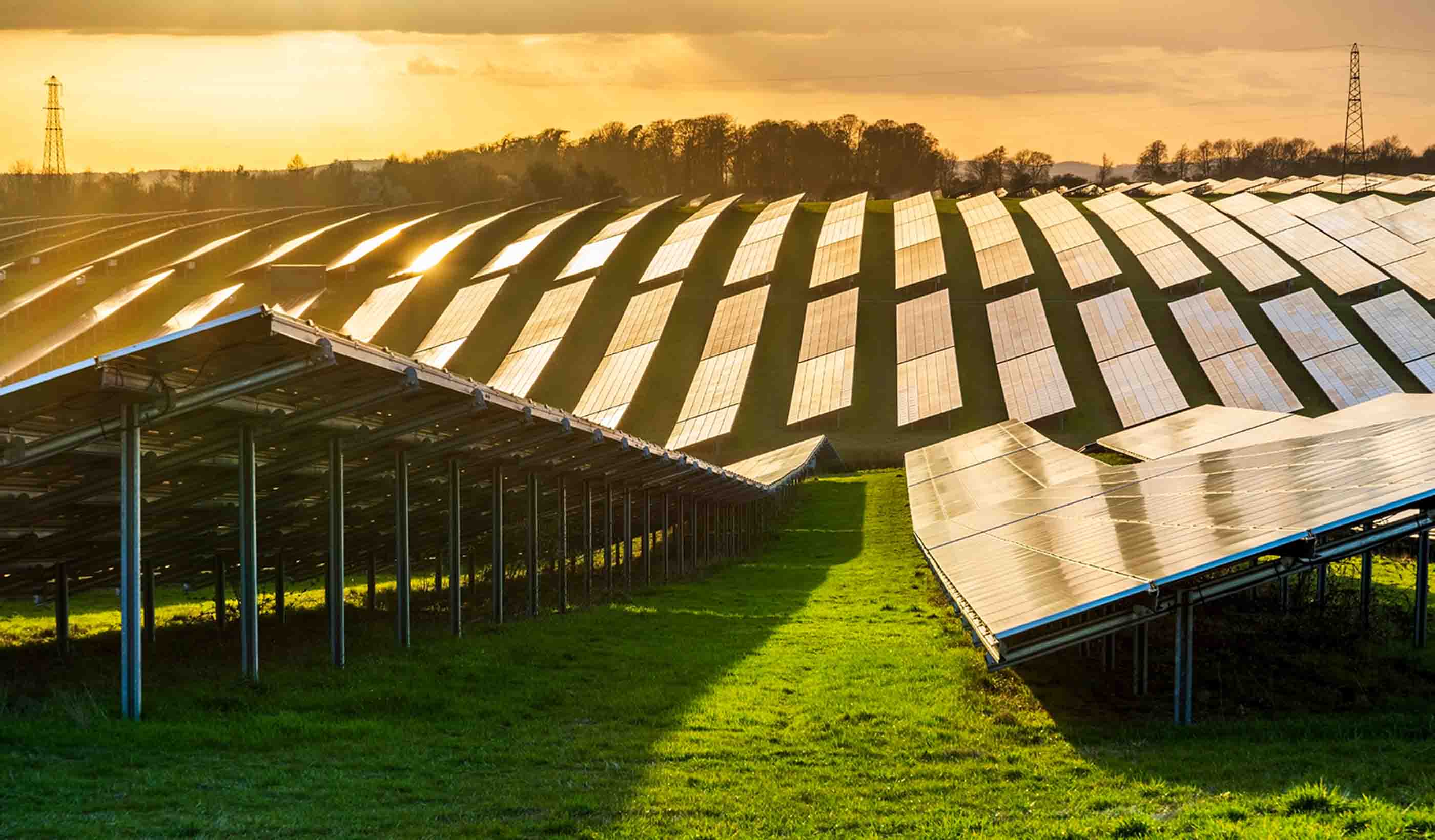10 things to know about the future of hydrogen development in the UK
June 26, 2024
June 26, 2024
What are the main opportunities and challenges when looking at hydrogen’s future in the UK
Hydrogen is touted as a crucial economic opportunity for the United Kingdom’s path to net zero. It can serve as both a job creator and a fuel of the future. It’s an exciting time in our country’s low-carbon journey, but there are also many challenges for us as an industry to overcome.
In May 2024, the National Infrastructure Commission published its annual Infrastructure Progress Review. It drew attention to the fact that getting to net zero will require ambitious new infrastructure. We need more hydrogen pipelines, generation projects, and carbon capture technology. It predicted we would also need at least 8 Terawatt hours (TWh) of large-scale hydrogen storage by 2035.
At Stantec, our teams enjoy being at the forefront of decarbonisation efforts and the future of hydrogen.
As we collectively digest energy policies and pledges, it’s a good time to take stock. Why is there such a focus on the future of hydrogen in the UK? What does the UK hydrogen market trajectory look like? Here are my top 10 considerations.

The integration of low carbon fuels like hydrogen requires a significant investment in new infrastructure.
Hydrogen makes up around 75 percent of all matter, so we should put it to good use. The International Renewable Energy Agency suggests around 12 percent of the global emissions abatement needed by 2050 should come from low-carbon hydrogen. It will have a huge impact on our path to net zero. The World Bank estimates the hydrogen economy will be worth $2.5 trillion in the next 10 years or so.
With a gravimetric energy density three times that of natural gas, hydrogen packs a punch. It’s also the lightest element in the universe, nontoxic, highly reactive, and it doesn’t emit carbon dioxide upon combustion. That means small, lightweight amounts of it can do a lot.
Various methods have been used commercially to produce high purity hydrogen gas. These are categorised by processing technologies, energy sources, and/or feedstocks. For ease, the results are commonly denoted by colour. The future of hydrogen is a bit of a rainbow.
Brown and black hydrogen for example are produced using coal and gasification. This process has carbon dioxide as a by-product and is being phased out. Blue hydrogen is made through natural gas reforming with carbon capture and storage. It has a much smaller carbon footprint than black and brown.
Grey hydrogen is the most popular form now. It’s created similarly to blue but without capturing the greenhouse gases.
The most exciting colours for the future are pink, red, yellow, turquoise, and green. Pink and red are produced using nuclear power and water electrolysis and thermolysis, respectively. This means they have very low carbon emissions and produce oxygen as a by-product.
Yellow and green also produce oxygen. They’re created through electrolysis and use renewable energy sources. Yellow hydrogen is made with solar power. Green uses more than one renewable source.
Methane pyrolysis is how to make turquoise hydrogen. It has low emissions and yields marketable solid carbon black as a by-product.
Feasibility studies are a key part of the transition. We’re using them to help clients justify the use of cleaner forms of hydrogen. In the UK, we’re working with UK Water Industry Research on an ambitious project. We’re looking at the relationship between hydrogen production, water availability, emerging technologies, and water utilities.
As of 2021, grey hydrogen made up almost half of all global output. Coal and oil feedstocks were second and third (black/brown hydrogen).
Less than 4 percent of production was via electrolysis. The majority was as a by-product of chlorine gas production. It’s believed that dedicated electrolytic hydrogen capacity is less than 0.1 percent of global output.
To qualify as ‘low carbon’ in the UK, hydrogen needs to meet certain emissions intensity levels in line with the UK Low Carbon Hydrogen Standard. Measured in grams of carbon dioxide released per megajoule of energy produced, hydrogen needs to be below 20 grams to qualify. Black and brown hydrogen is around 160 grams, whereas green/yellow hydrogen is less than 0.1 gram.
To get government funding, projects must meet that standard. We expect a new certification scheme in 2025 to support the future of hydrogen.
In 2022, the world’s demand for hydrogen was around 95 million metric tonnes (Mt). The major users include refining, ammonia and methanol production, and iron and steel manufacturing.
The UK Hydrogen Strategy gives the future of hydrogen a large role in decarbonisation. It has a focus in areas where electrification isn’t a good option. This includes haulage, shipping, and heavy industry. The strategy aims to establish up to 10 Gigawatts (GW) of low-carbon hydrogen production by 2030. At least half of it should be powered by new offshore wind, nuclear, and other renewable sources.
There are production challenges to deal with. And it led the International Energy Agency (IEA) to downgrade forecasts for green hydrogen. The 2023 forecast capacity growth was down 35 percent compared to the year before.
Serious issues include lack of access to renewable power sources and transmission infrastructure. But grid constriction, offshore curtailment, and a shortage of electrolysers, which use electricity to split water into hydrogen and oxygen, are also impacting the global supply chain.
Global electrolyser manufacturing capacity is around 14 GW a year. This falls short of what is needed. We need to average 33 GW per year to deliver the 232 GW pipeline of projects proposed up to 2030. But the market is responding. More than 20 GW of new capacity is expected in 2024.

Yellow hydrogen is produced using solar power.
The cost of electrolytic hydrogen production is high. It’s two to three times that of fossil fuel-based production. So policy intervention is needed to support growth for the future of hydrogen.
The UK Government has launched initiatives to help. These include the £240 million Net Zero Hydrogen Fund (NZHF). This offers grants for low-carbon hydrogen production schemes. Also, the (Low Carbon) Hydrogen Production Business Model offers revenue support contracts for cleaner forms of hydrogen. And the Industrial Energy Transformation Fund supports large energy users to adopt low-carbon hydrogen and other approaches for decarbonisation.
Of the 15 successful applicants in the first allocation round for the NZFH (with a total of £37.9 million allocated), we saw that projects starting small, with scope for future expansion, were more likely to be successful. Location and defined financial backing were two other key success factors.
There are projects in the works that offer about 13 Mt of annual blue hydrogen production by 2030. IEA estimates it will take 30 Mt by 2030 to keep decarbonisation on track with the Paris Agreement.
Successfully deploying so much blue hydrogen depends on a several things. Most important is the widespread use of the captured carbon dioxide. That will require large-scale transport and storage infrastructure.
Currently, the two largest markets for carbon dioxide are in fertiliser production (urea) and enhanced oil recovery. Together they make up over 90 percent of use.
The global demand for carbon dioxide is around 230 Mt. If we meet the 30 Mt annual target. the captured carbon would exceed this by around 20 percent. And this is only a small fraction of total global emissions sequestration required.
In the past, large-scale production and use of hydrogen was clustered within major industrial hubs. There was little need for outside distribution. To support the future of hydrogen, we need massive infrastructure development for more distributed end-users. This needs to suit future demand profiles and end-product requirements.
Hydrogen’s volumetric energy density is about one-third that of natural gas. Its smaller molecular weight means it’s more likely to leak from gas pipes. It may also damage the structural integrity of pipe material.
One option is to adapt the existing gas grid to suit hydrogen and natural gas blending. It is a cost-effective interim measure. Gas networks in parts of the US have operated on a 12-15 percent hydrogen blend since the 1970s. Recently, a blend of up to 20 percent hydrogen was trialled in the UK.
For the UK’s energy security, we need 9.8 TWh of backup. Our depleted hydrocarbon fields offer good conditions for large hydrogen reservoirs. There are examples of this approach already in operation in both the United States and the UK.
Converting hydrogen to a product with a higher energy density is an option for large-scale transportation and storage. This could be in the form of ammonia, as methanol, or other hydrocarbons.
For smaller scale storage, there are many technically mature options. These include pressurised gas, cryogenic liquid, or metal oxide storage. Transport options include road trailers, rail cars, and shipping. Of these three, pressurised gas storage is generally the most cost-effective method. However, liquid storage is highly energy intensive and incurs large boil-off losses (1-5 percent per day). Metal oxide storage is less established and incurs long manufacturing lead times.

Hydrogen is catagorised using a rainbow of different colours.
Hydrogen production and use is rapidly changing. And it will continue to do so as we transition national energy use to low-carbon fuels. The net zero imperative is going to buoy hydrogen. It’s clear we need to simultaneously fast-track the development of supporting infrastructure.
Our experienced team, which includes specialists in water treatment, hydrogen production, and industrial conversions love helping clients find the right approach to support the future of hydrogen and low-carbon fuels.